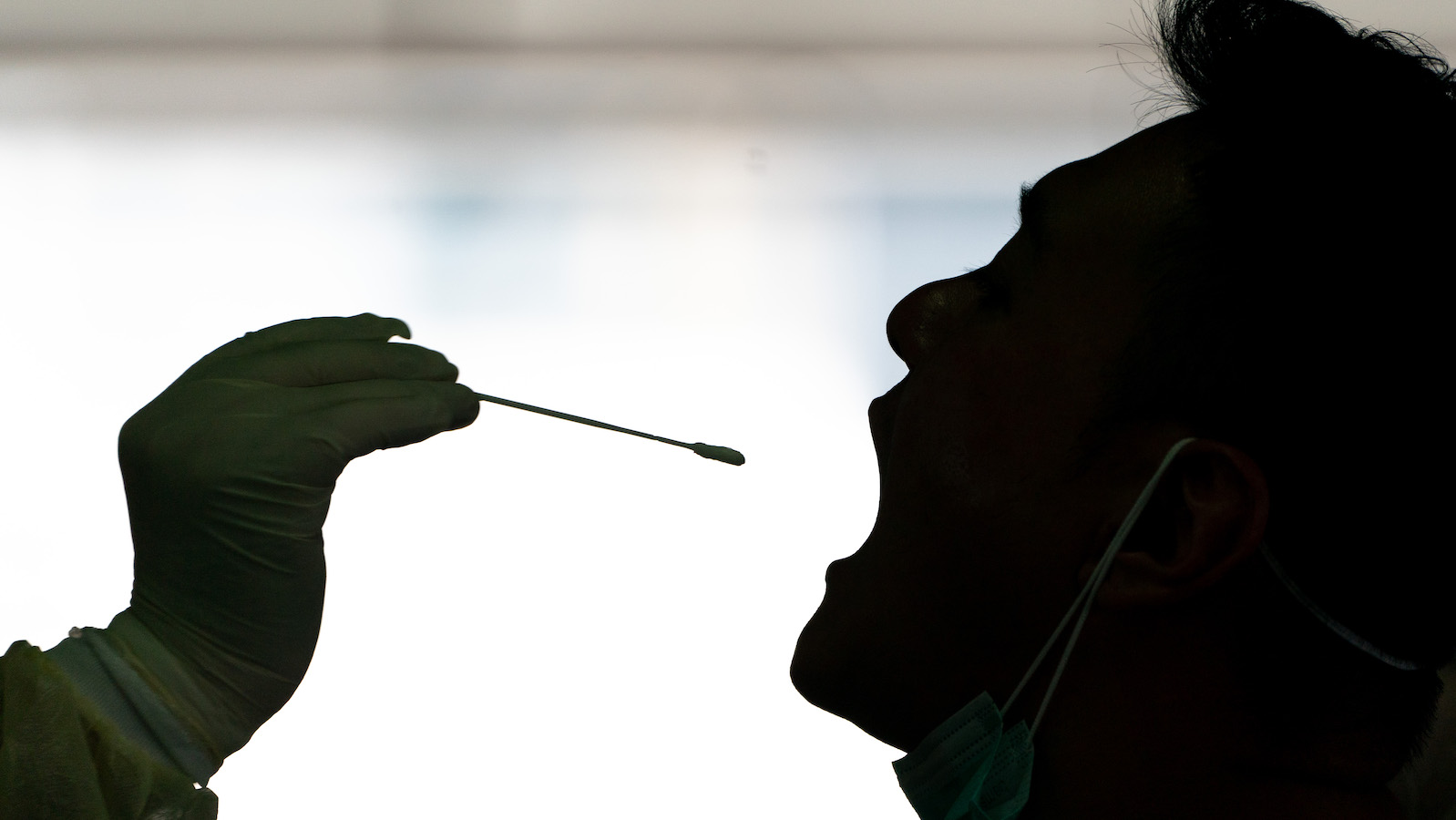Covid-19: the key days for contagion 2:27
(CNN Spanish) -
One in 10 people who live with someone with covid-19 will be infected, indicates a new study published in the journal
JAMA
.
In this episode, Dr. Elmer Huerta talks about the study on contagion at home and analyzes the results.
You can listen to this episode on Spotify or your favorite podcast platform or read the transcript below.
Hello, I am Dr. Elmer Huerta and this is your daily dose of information on the new coronavirus.
Information that we hope will be useful to take care of your health and that of your family.
The contagion of covid-19: what science studies
Already a year after the start of the pandemic in China, science continues to learn about the new coronavirus, the disease called covid-19 and its mode of contagion.
Recently, for example, an article in the journal
Nature
warns that - although it is true that contagion from contaminated surfaces is a scientifically proven reality - its contribution, compared to contagion through the respiratory route, is much less than previously thought.
advertising
Another point that is being studied is the degree of contagion that can occur at home when one of the members develops covid-19.
A recent research letter, published Feb. 26 in the
Journal of the American Medical Association
, contributes to the debate, concluding that one in 10 people living in the home of an infected person will test positive for the new coronavirus.
Covid-19 contagion at home?
The investigation consisted of reviewing the medical records of 7,262 patients with Covid-19 confirmed with a PCR test.
The patients were seen in the Mass General Brigham system in Boston, between March 4 and May 17, 2020.
Each of these cases was called an index case.
The idea was that, having in the electronic medical record the address of the house of each of these index cases, it could be ascertained:
How many people lived in those houses and,
How many of those people had, in the days following the index case, a positive test for the new coronavirus.
The results indicated that the 7,262 index cases were linked to nearly 18,000 people living at the same address.
Between six and 10 people lived in these houses, with almost the same number of men and women, with an average age of 36 years and one in four was under 18 years of age.
In total, 1,809 cases of Covid-19 were diagnosed among the nearly 18,000 people exposed.
This yielded an overall covid-19 incidence of 10.1%.
The average time from when the index case was diagnosed, until someone who lived in the house was also diagnosed with covid-19, was three days.
Who is at the highest risk of contagion?
The people who had the highest risk of contracting it were those over 18 years of age.
Also those who had multiple risk diseases.
In that sense, people over 50 were almost four times more likely to be infected.
People with high blood pressure were almost twice as likely to get the infection.
A subsequent analysis revealed that if only two people lived in the house, the calculated risk of contagion was 13.8%.
The authors clarify that the result of their work agrees with a recent American meta-analysis study, in which 54 studies with 77,758 participants were analyzed, finding that 16.6% of the people who lived in the home of the index case suffered from the disease .
The authors also acknowledge that their study has limitations.
Among them, since secondary cases have been diagnosed only among those who sought a medical consultation, it is possible that mild or asymptomatic cases could not have been diagnosed.
The conclusions of the study
The authors suggest that, because it only took three days on average for the secondary case to present (which is a relatively short incubation time), it is possible that some infections were not caused by the index case, but both were infected by another person, a visitor in the house for example.
In practical terms, it is important to know that if someone develops respiratory symptoms at home, the other members must assume that it is covid-19 and, therefore, they must begin the isolation measures of the case and the mandatory use of masks.
The study also suggests that organizing social gatherings at home, inviting people who do not live in the home, can be a significant source of contagion.
Do you have questions about the coronavirus?
Send me your questions on Twitter, we will try to answer them in our next episodes.
You can find me at @DrHuerta.
If you think this podcast is useful, help others find it by rating it on your favorite podcast app.
We'll be back tomorrow so be sure to subscribe to get the latest episode on your account.
And for the most up-to-date information, you can always head to CNNEspanol.com.
Thanks for your attention.
If you have any questions you can send them to Dr. Elmer Huerta through Twitter. You can also head over to CNNE.com/coronaviruspodcast for all episodes of our “Coronavirus: Reality vs. Reality” podcast. fiction".
coronavirusCovid-19















